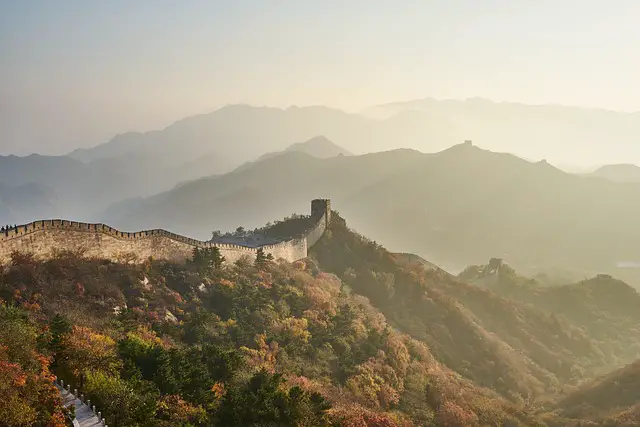💪 Support independent web, support us:
A series of fortifications built along the northern borders of China to protect against invasions.
Don’t miss: The stunning views from the top of the wall, especially during sunrise or sunset.
Also, be prepared to climb lots of stairs!
2. Forbidden City
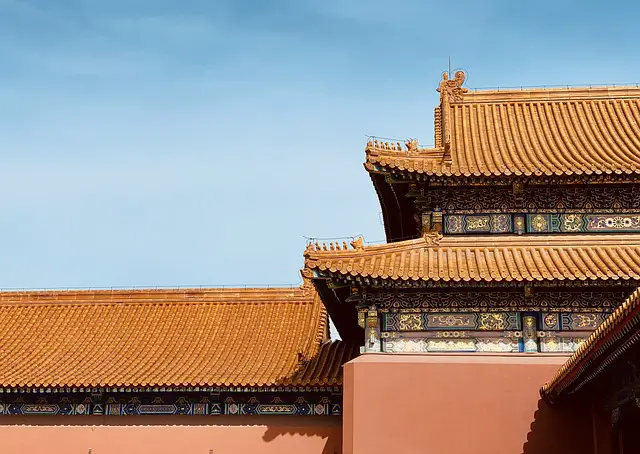
3. Terracotta Army
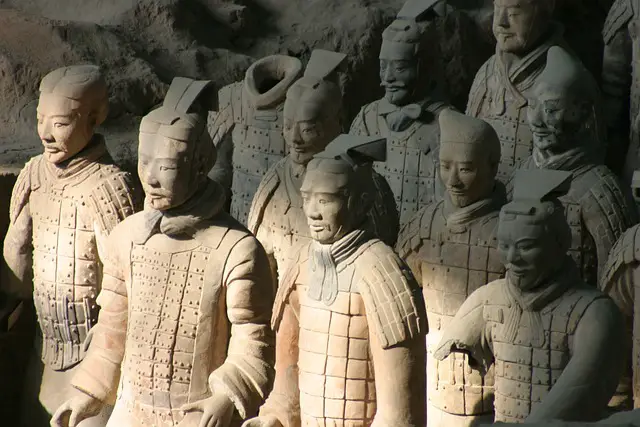
The bronze chariots and horses are also worth admiring.
Insider travel tips: Get there early to avoid the crowds, particularly during peak season.
4. Summer Palace
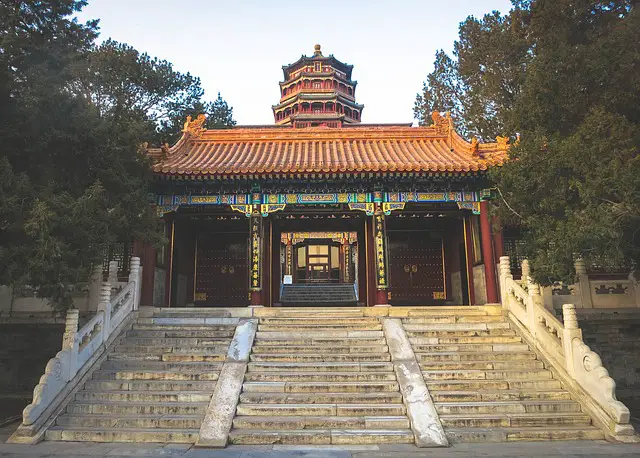
The Summer Palace is a vast imperial garden in Beijing, China.
Boat rides are also available on the lake.
Insider travel tips: – Wear comfortable shoes as there is a lot of walking involved.
5. The Bund
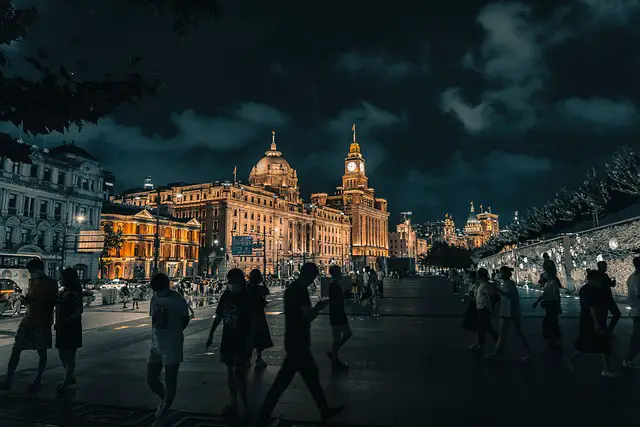
The Bund is a promenade along the Huangpu River in Shanghai, China.
Don’t miss: – The Bund Bull Statue, a symbol of Shanghai’s thriving economy.
6. Temple of Heaven
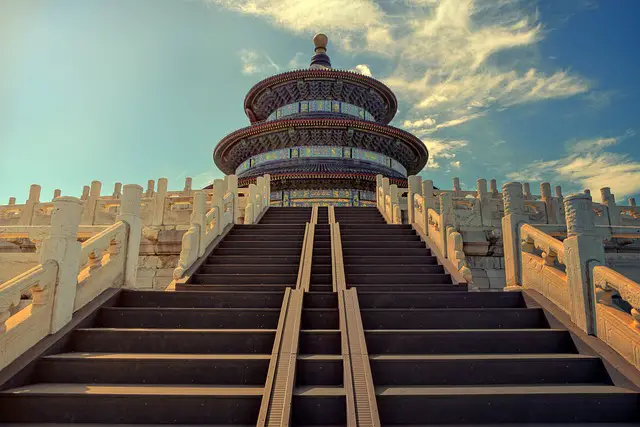
7. Potala Palace
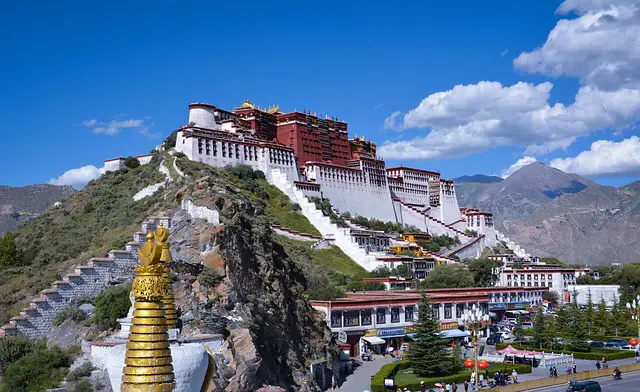
Iconic palace in Lhasa, Tibet, that served as the winter palace of the Dalai Lama.
8. West Lake
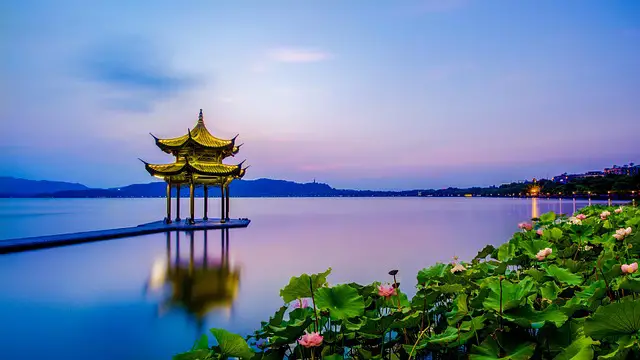
West Lake is a freshwater lake located in Hangzhou, Zhejiang Province, China.
9. Mount Everest
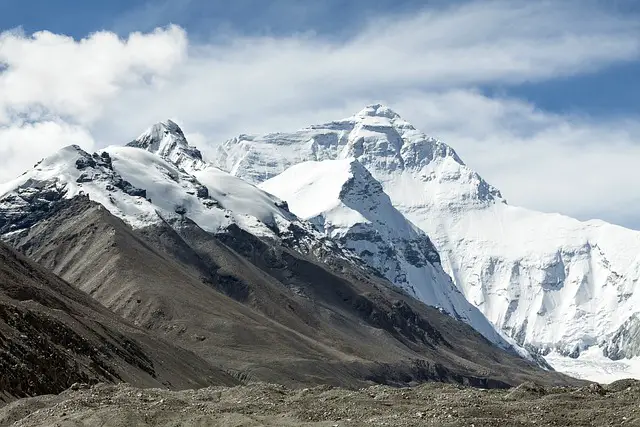
Popular activities include trekking to Everest Base Camp, helicopter tours, and scenic flights.
10. Chengdu Research Base of Giant Panda Breeding

A non-profit research and breeding facility for giant pandas.
What to see or do: See more than 80 giant pandas up close, including baby pandas and red pandas. Learn about panda conservation efforts and observe the giant pandas’ daily routines.
Don’t miss: The nursery room, where you can watch baby pandas playing and lounging. The outdoor enclosures, where you can see the giant pandas climbing, eating bamboo, and sleeping.
Insider travel tips: Visit early in the morning when the pandas are most active. Bring a camera with a zoom lens to take close-up photos.
Wear comfortable shoes as the center is spread across a large area.
11. Three Gorges Dam
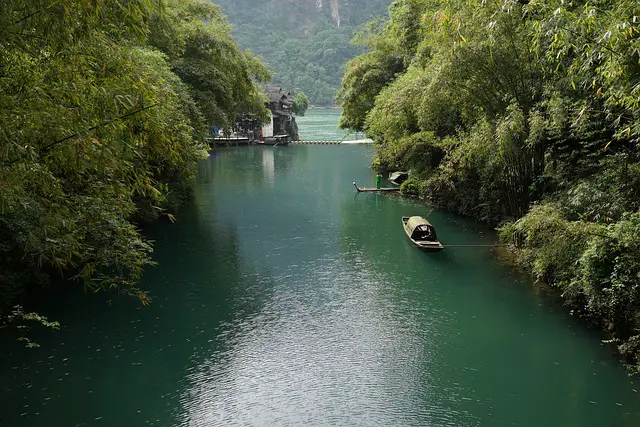
The Three Gorges Dam is a hydroelectric dam located on the Yangtze River in Hubei province, China. It is the largest hydroelectric power station in the world in terms of installed capacity.
What to see or do: Visitors can take a tour of the dam and learn about the history and construction process of this massive structure. There are also various observation decks and viewpoints that offer stunning views of the surrounding area.
Don’t miss: Watching the dam’s impressive ship locks in action. Visitors can see huge cargo ships being lifted and lowered through the locks, which is a fascinating sight to behold.
Insider travel tips: Try to visit the dam early in the morning or late in the afternoon to avoid the crowds and the intense midday heat.
It’s also worth noting that the area around the dam can be quite hazy, so bring a mask if you have respiratory issues.
12. Zhangjiajie National Forest Park
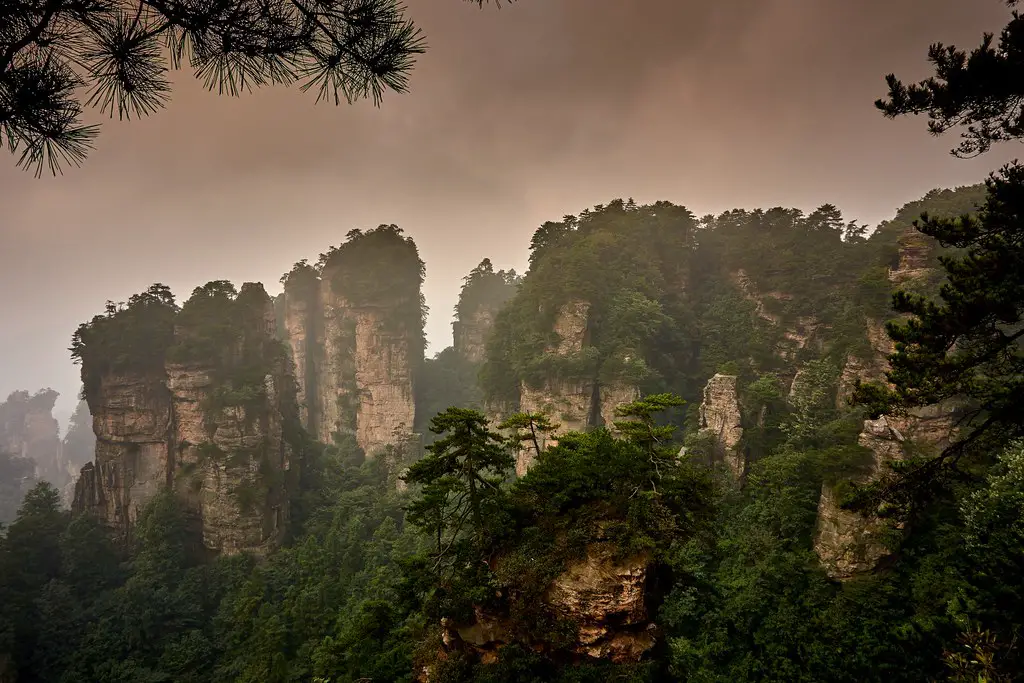
Zhangjiajie National Forest Park is a stunningly beautiful nature reserve located in northern Hunan province, China.
The park was declared a UNESCO World Heritage site in 1992 and is known for its striking sandstone pillars, deep valleys, and lush vegetation.
What to see or do: The park offers a wide range of activities and sights to explore.
Visitors can take a cable car up to the top of Tianzi Mountain to enjoy breathtaking views of the surrounding peaks and valleys.
The park is also home to the world’s longest and tallest glass-bottomed bridge, which offers a thrilling experience for visitors who dare to cross it.
Hikers can explore the many trails that wind through the park and witness the stunning beauty of the various rock formations.
Don’t miss: One of the highlights of Zhangjiajie National Forest Park is the Avatar Hallelujah Mountain, which was the inspiration for the floating mountains seen in the film “Avatar.
” The park is also known for its unique natural rock formations such as the Pillar of the Southern Sky and the Wulingyuan Scenic and Historic Interest Area.
Insider travel tips: Plan to visit Zhangjiajie National Forest Park during the low season from November to March to avoid crowds and have a more peaceful experience.
Bring comfortable shoes suitable for hiking and dress in layers as the weather can be unpredictable. Be sure to purchase your cable car tickets in advance to avoid long wait times.
Lastly, bring plenty of water and snacks as there are limited food options inside the park.
13. Jiuzhaigou Valley
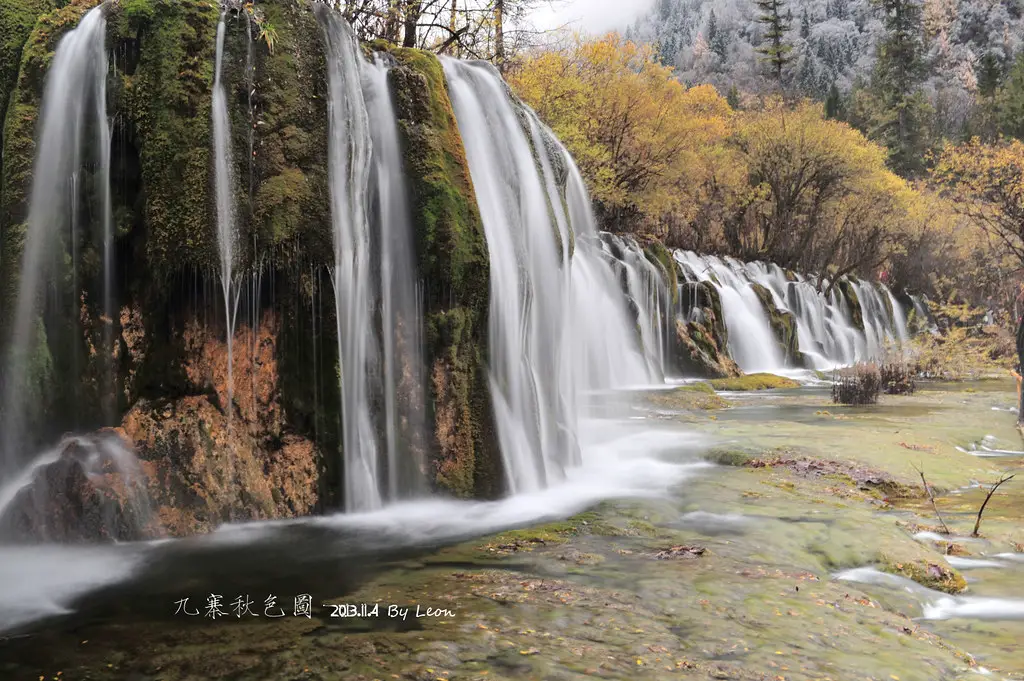
A nature reserve and national park located in Sichuan Province, China.
What to see or do: Enjoy breathtaking views of colorful lakes, waterfalls, forests, and mountains. Hike through the park and explore the Tibetan villages nearby.
Don’t miss: The Five Flower Lake, Pearl Shoal Waterfall, and the Nuorilang Waterfall. The views of the park during autumn when the leaves change color are particularly stunning.
Insider travel tips: Book your tickets in advance and avoid visiting during holidays as the park can get crowded. Take comfortable shoes and warm clothes as the weather in the park can be unpredictable.
Bring a good camera to capture the stunning scenery. Consider hiring a local guide to help you navigate the park and learn about its history and culture.
14. Leshan Giant Buddha
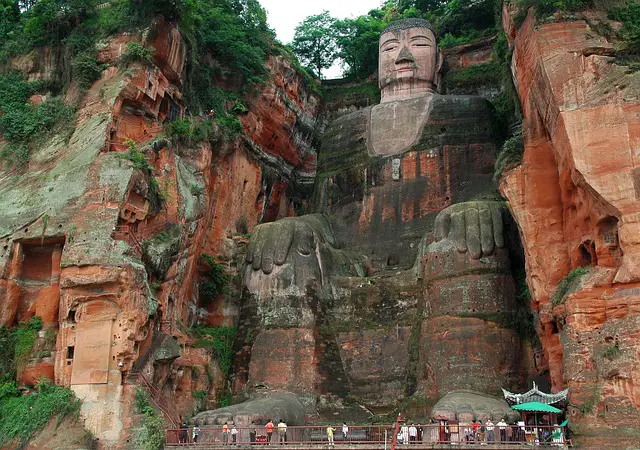
A giant statue of Buddha carved into a mountainside in Leshan, Sichuan, China.
What to see or do: Marvel at the incredible 71-meter-tall statue of the Buddha, the largest carved statue of Buddha in the world.
Admire the intricate details of the statue’s hair, hands, and feet, and learn about the history and significance of this ancient treasure.
Don’t miss: The stunning views of the surrounding countryside from the top of the mountain.
Take a boat ride down the river to see the Buddha from a unique perspective, and explore the nearby temples and scenic spots.
Insider travel tips: – Visit in the early morning to beat the crowds and enjoy a quieter experience.
15. Stone Forest
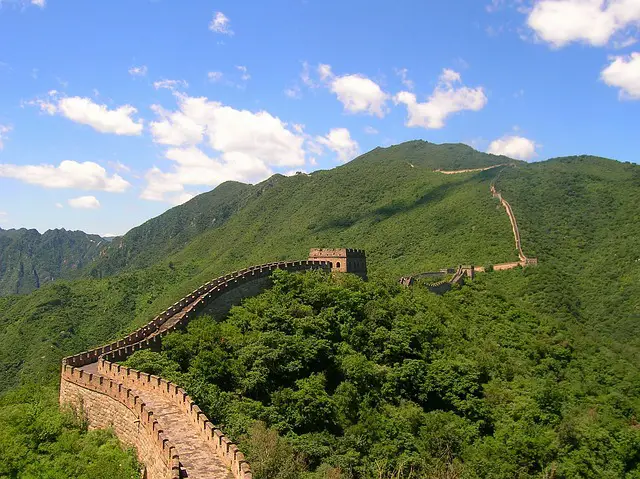
The Stone Forest is a natural wonder located in Yunnan, China. It is a UNESCO World Heritage site and boasts tall limestone formations resembling trees.
What to see or do: Visitors can take a leisurely stroll through the forest to admire the unique rock formations. The park also offers hiking trails, caves, and waterfalls for more adventurous travelers.
Don’t miss: The Stone Forest has several notable formations, including the Naigu Stone Forest, Zhiyun Cave, and Sword Peak Pond. Be sure to visit the Wannian Temple, a 500-year-old temple located within the park.
Insider travel tips: Visit early in the morning or late in the afternoon to avoid the crowds.
16. Huangshan
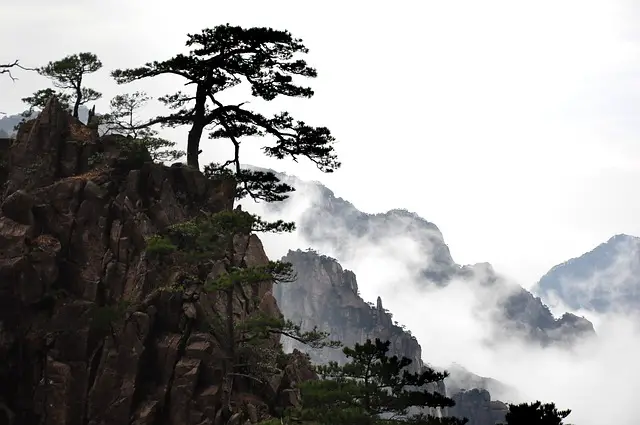
A mountain range in eastern China known for its stunning scenery and unique rock formations.
What to see or do: Trek along the mountain trails and take in the breathtaking views, visit the hot springs and waterfalls, explore the ancient villages at the base of the mountains.
Don’t miss: Watching the sunrise from the summit of the mountains, admiring the sea of clouds that often covers the peaks, seeing the uniquely-shaped rocks known as “strange pines”.
Insider travel tips: Plan to spend at least two days exploring Huangshan, wear comfortable shoes for hiking, and bring warm layers as temperatures can drop at night.
Consider hiring a local guide for a more immersive experience.
17. Tiger Leaping Gorge
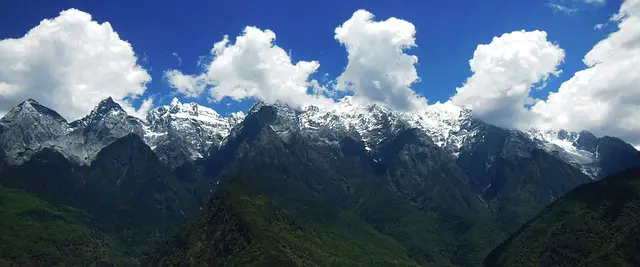
Tiger Leaping Gorge is a scenic canyon on the Jinsha River, located in the Yunnan province of southwestern China.
What to see or do: Enjoy breathtaking views of the dramatic landscape, hike the trails along the gorge, and experience the local Naxi and Tibetan culture.
Don’t miss: The incredible Tiger Leaping Stone, a large rock in the middle of the river that legend says a tiger used to jump across to escape a hunter.
Insider travel tips: – Plan your visit during the dry season (November to May) for the best weather and hiking conditions.
18. Yungang Grottoes
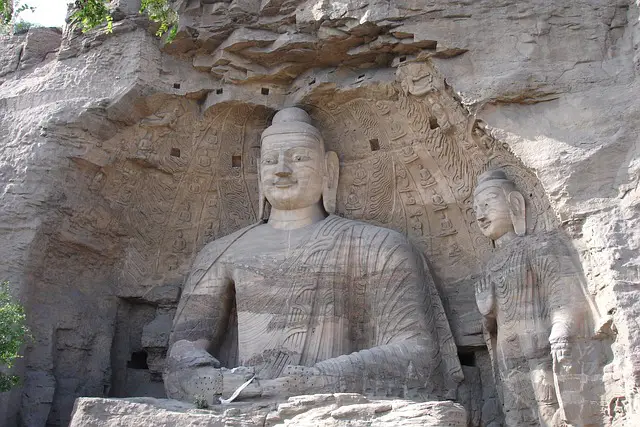
The Yungang Grottoes are a UNESCO World Heritage site in Shanxi, China. They consist of 252 caves and over 51,000 Buddha statues.
What to see or do: Explore the massive array of carved Buddha statues that range from small to monumental in size. Admire the intricate and detailed carvings that date back to the 5th and 6th centuries.
Don’t miss: The largest cave, Cave 20, which houses a 17-meter-tall Buddha statue; and Cave 5, which is home to a beautiful, gilded Avalokitesvara statue.
Insider travel tips: To avoid crowds, visit early in the morning or during the off-season. Wear comfortable shoes as the site requires a lot of walking.
Consider hiring a guide to understand the history and significance of the grottoes.
19. Mogao Caves
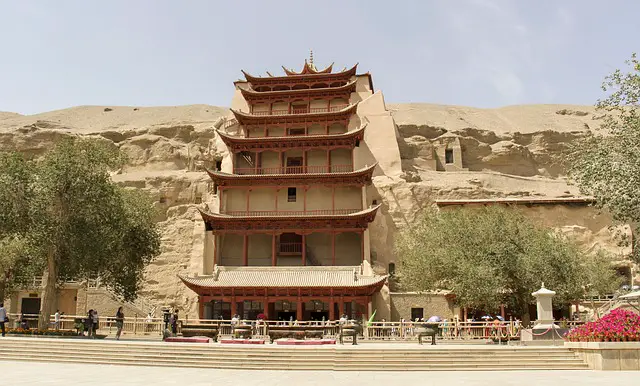
The Mogao Caves, also known as the Thousand Buddha Grottoes, are a network of 492 temples near Dunhuang, China.
What to see or do: – Explore the intricate Buddhist cave art paintings and sculptures, dating back over 1,000 years.
Don’t miss: – The Library Cave, discovered in 1900, which contained tens of thousands of historic manuscripts and documents.
Insider travel tips: – Avoid visiting during peak season (May to October) to avoid crowds and long queues.
20. Pingyao Ancient City
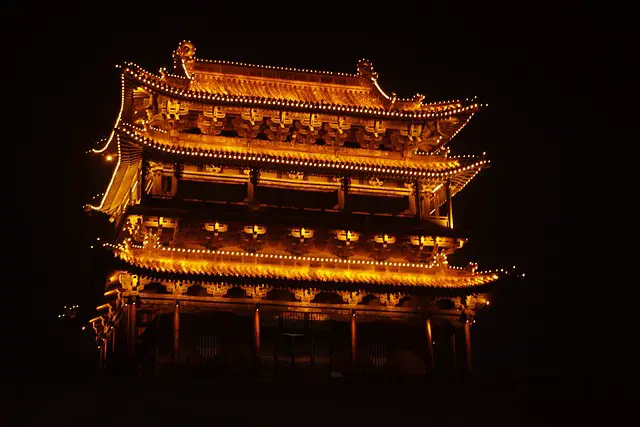
Pingyao Ancient City is a UNESCO World Heritage Site located in Shanxi Province, China. The walled city was established in the 14th century and retains many well-preserved traditional buildings, streets, and fortifications.
What to see or do: Visitors can explore the city’s centuries-old architecture, including grand mansions, temples, and shops.
Must-see attractions include the Rishengchang Exchange Shop, a former banking institution that played a significant role in China’s financial history, and the ancient city walls, which offer stunning views at sunset.
Don’t miss: A walking tour of the city’s old streets, where you can experience first-hand the traditional way of life in ancient China.
Additionally, a visit to the Pingyao County Museum, located inside the city walls, provides valuable insights into the region’s cultural heritage.
Insider travel tips: Try to avoid visiting during Chinese holidays as the city can get very crowded. Hiring a local guide is recommended to fully appreciate the history and significance of the ancient city.
Chengdu-Qingdao high-speed train now stops at Pingyao, making it more accessible for travelers.
21. Hua Shan
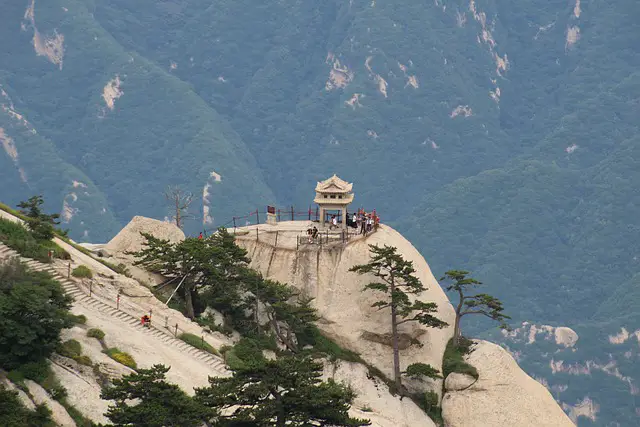
Hua Shan is a popular mountain in China that attracts thousands of visitors every year.
What to see or do: Climbing the mountain to experience the breathtaking views of the surrounding area is a must-do activity. There are several trails of varying difficulty levels that lead to the summit.
Don’t miss: The incredible sunrise and sunsets that can be seen from the mountain are a must-see. Another highlight is the infamous plank walk, which is not for the faint-hearted!
Visitors walk on a narrow plank attached to the side of the mountain with a steep drop below.
Insider travel tips: – Wear comfortable shoes and clothing as the climb can be challenging.
22. Giant Wild Goose Pagoda
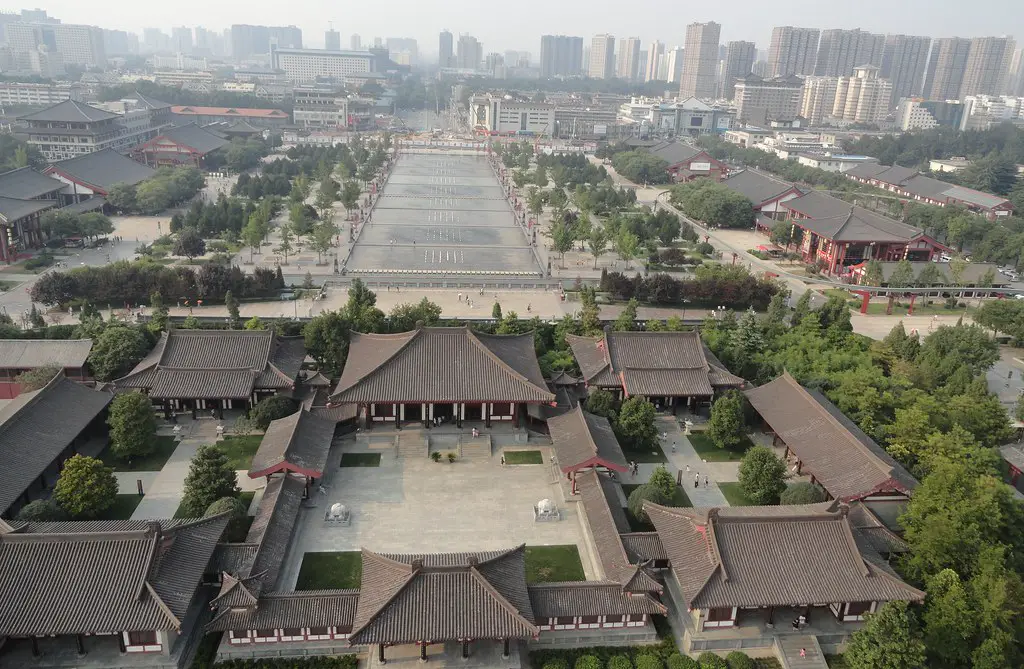
A seven-story Buddhist pagoda built in the Tang Dynasty in Xi’an, China.
What to see or do: Enjoy panoramic views of the city from the top of the pagoda. Admire the ancient Buddhist artworks, inscriptions, and shrines inside.
Attend a spectacular water fountain show in the evening.
Don’t miss: The impressive collection of Buddhist statues and scriptures in the pagoda complex. The Tang Paradise theme park nearby, featuring a replica of the Emperor’s Terracotta Army.
Insider travel tips: Plan your visit during sunset hours to enjoy the best views and the fountain show. Combine your visit to the pagoda with a bike ride around the nearby moat.
Avoid visiting during Chinese holidays, as the crowds can be overwhelming.
23. Wudang Mountains
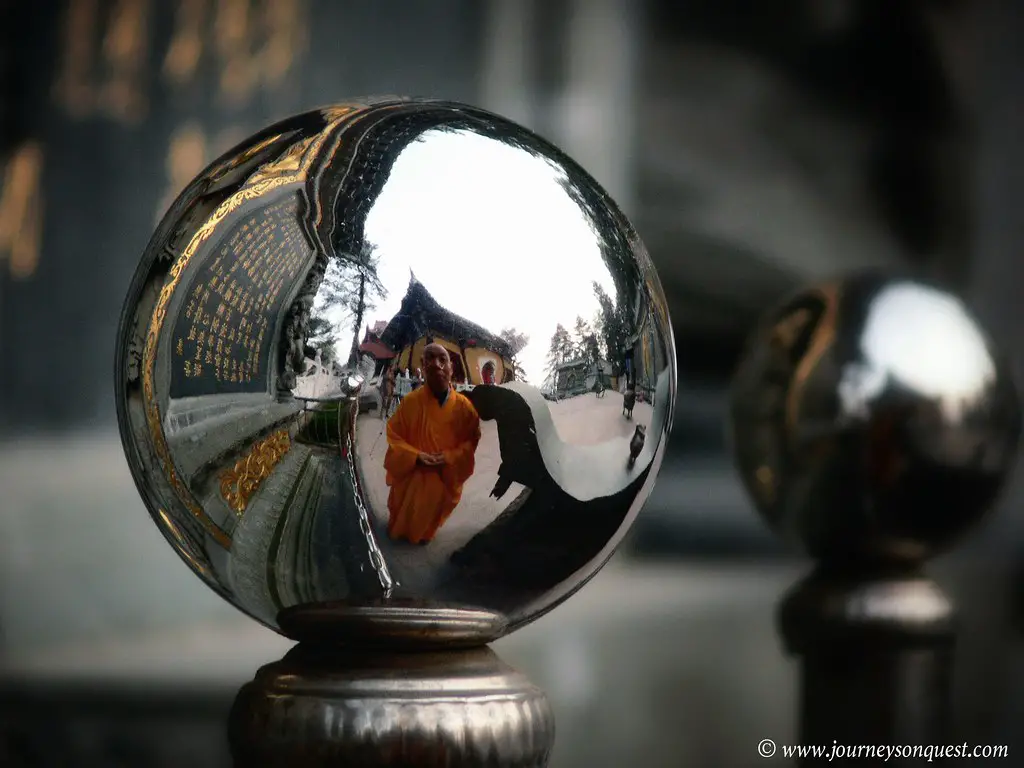
A mountain range in central China, known for its significance in Taoism and traditional Chinese martial arts.
What to see or do: – Visit the Wudang Taoist complex, which includes the Purple Heaven Palace, Golden Hall, and the South Cliff Palace.
Don’t miss: – The Wudang International Kung Fu Festival, held each year in October and featuring demonstrations, competitions, and cultural performances.
Insider travel tips: – The best time to visit is in the spring or autumn, when the weather is mild and the crowds are smaller.
💪 Support independent web, support us:
